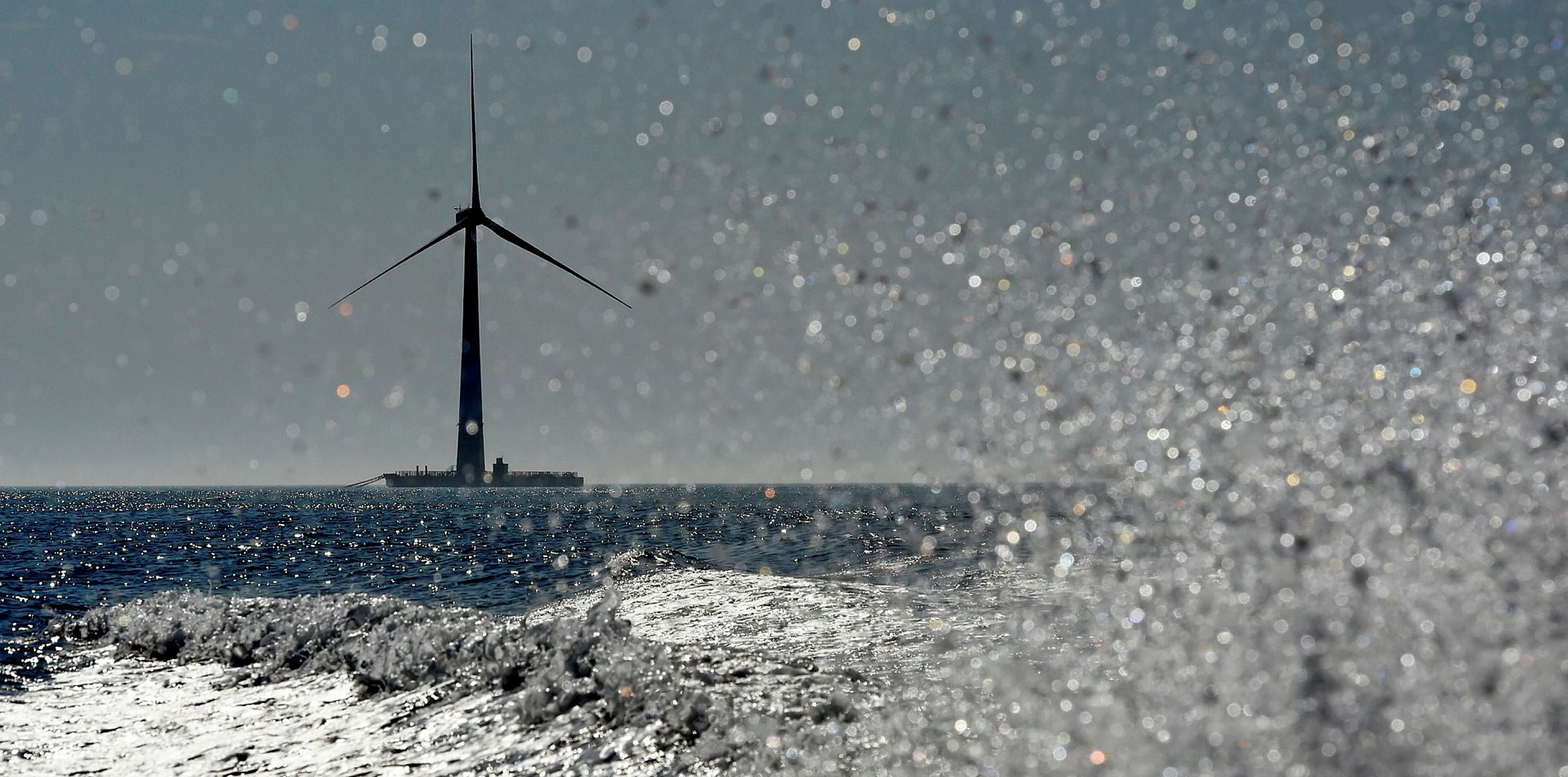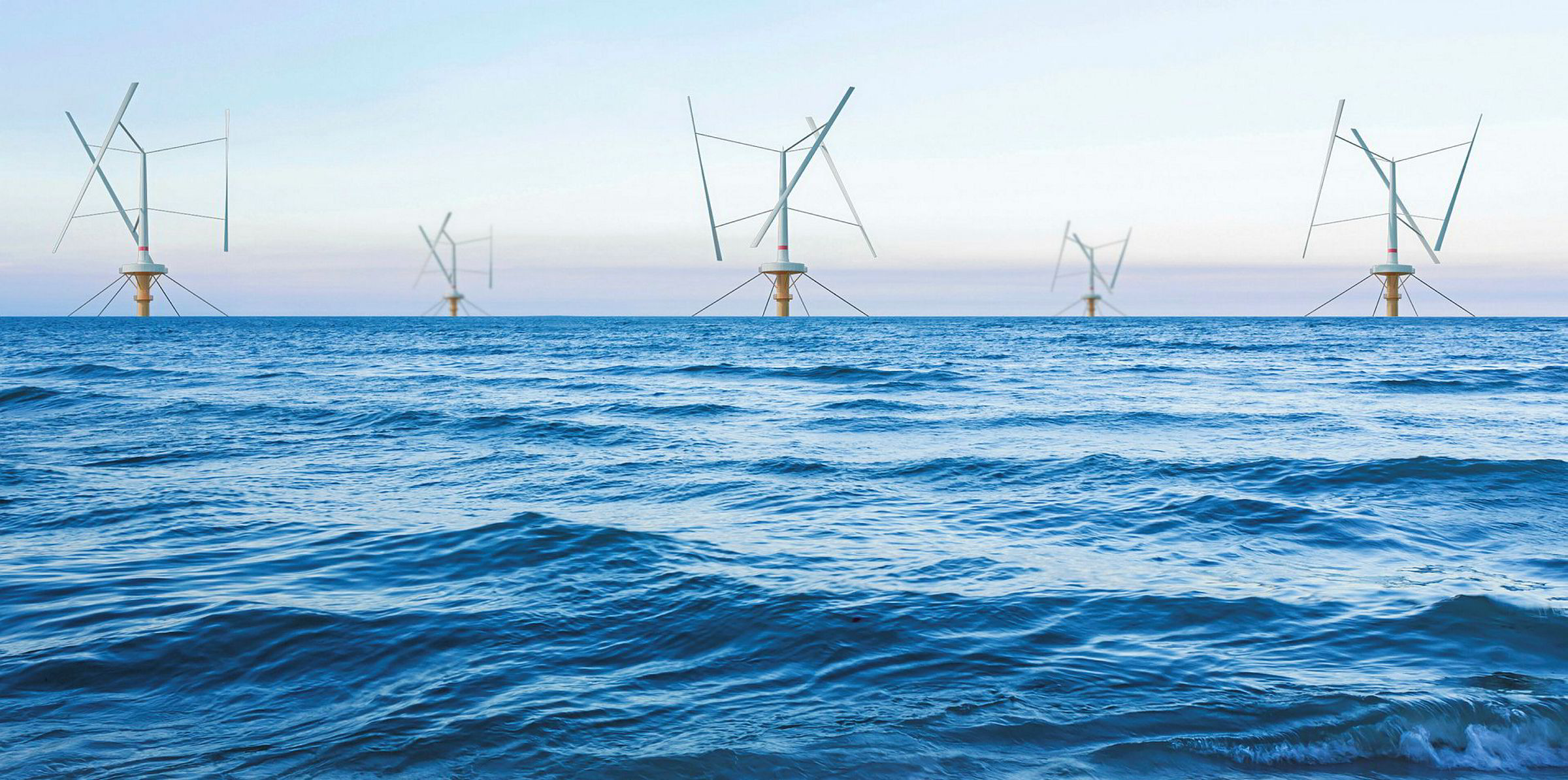A scouting mission covering ten ports and harbours along the California seaboard has found the potential for in-state assembly and construction of 12-15MW floating wind turbines could be “much greater” than many in state and local government agencies had previously believed.
French technology designer Ideol, which focused its audit on coastal sites that might be able to handle commercial-scale projects using concrete versions of its open-centre ‘damping pool’ platform, identified a range of locales that with “minor or more substantial upgrades” could be transformed into facilities to build and launch floating units.
“We carried out several months of desktop studies then spent seven weeks visiting all the sites and meeting the local work-force and business organisations and so on,” Ideol chief sales and marketing officer Bruno Geschier told Recharge.
“Up until now, though [state government agencies in] California [are] of course fully aware of the potential of floating wind, they are also fully aware they don’t have the shipyards to build big steel units – so that presents the problem of how to push forward a sector based on light assembly work and [once floating wind farms are operating offshore] doing O&M [operations and maintenance].
“We hope the findings of this work will help decision-makers in California look at [floating wind] in a different light.”
The scoping study spotlighted three sites – one of which was “immediately suitable” – for construction of 55m x 55m concrete Ideol platforms, fitting them with 12-15MW turbines and launching the units, and another five that with “minor upgrades” could build and launch hulls without turbines.
For “commercial competitive reasons”, Ideol declined to name the ports and harbours surveyed. But Geschier underlined the economic potential revealed by the study.
“Yes, this study used our concept [as a base-case], but it highlights the potential,” he said. “California can be closer to the floating wind boom [through infrastructure development and job creation] than they think.” Ideol estimates building the hulls alone for 50-unit floating wind projects would employ 800-2,000 workers at a time.
“There have been many people pushing at local and state level for floating wind for some time. We are just contributing to show the state government officials that [these advocates] were right.”
Ideol switched on its flagship, the concrete-based 2MW FloatGen, off France last year and, in May this year, a second prototype, a steel version topped with a 3.2MW Aerodyn turbine, was brought online off Japan as part of project being run by the island nation’s R&D body Nedo.
The company also announced recently that it had signed a deal with Japanese renewable energy developer Shizen Energy to build what could the world’s first commercial-scale floating wind farm, a “multi-hundred-megawatt” project in the East China Sea.
In June, the US government announced it would hold a first commercial lease auction in 2020 for three deep water wind zones – Diablo Canyon, Morro Bay and Humboldt – and was reviewing expressions of interest from 14 developers.
And a recent study from consultancy Energy + Environmental Economics highlighted the wider economic benefit to be drawn from floating wind power in California, including saving rate-payers $2bn on their electricity bills by 2040 if the state builds out a 7-9GW fleet, which would be able to supply 10% of state demand by this date.


